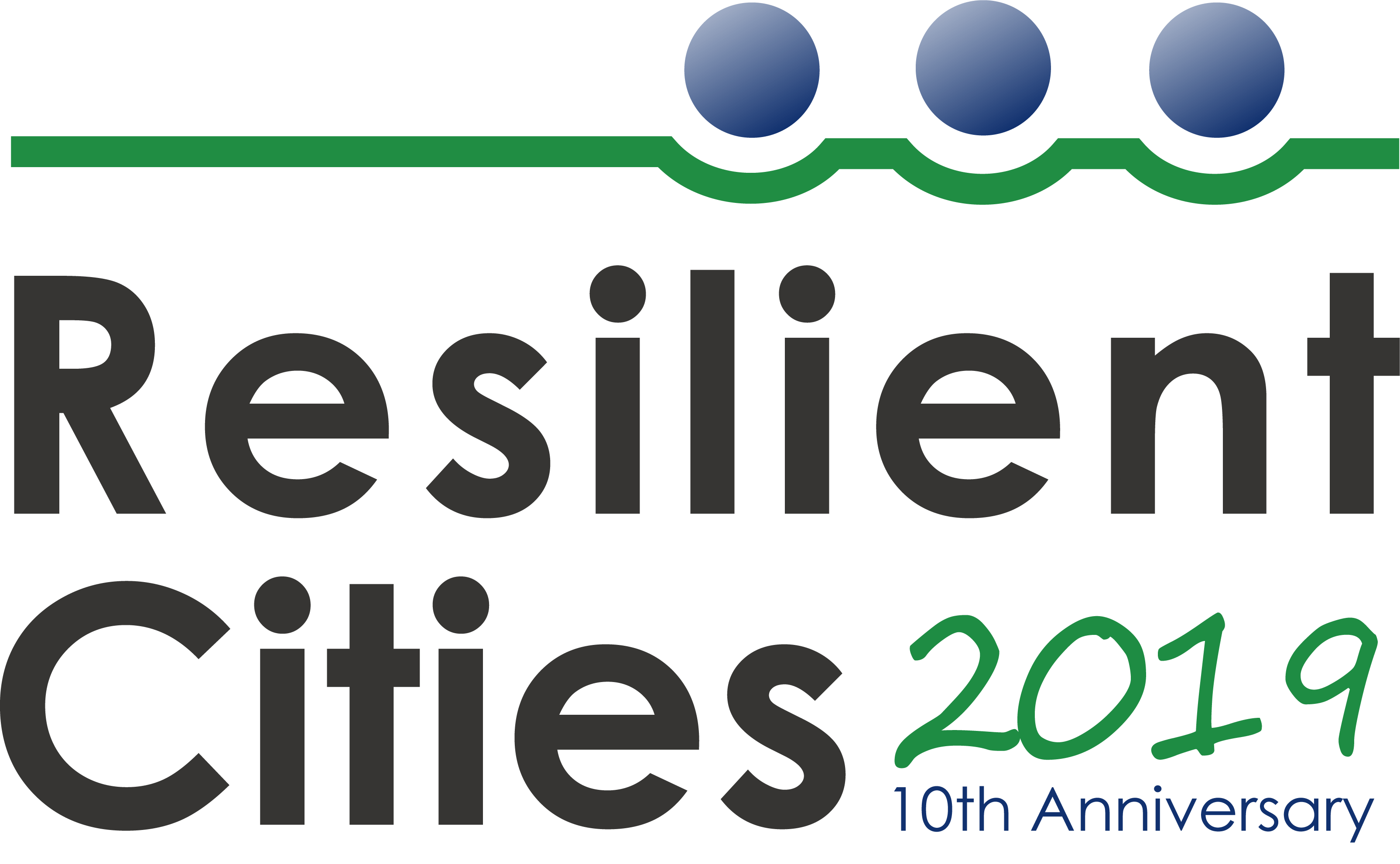Disaster Risk Reduction
Disaster Risk Reduction (DRR) aims to reduce the damage caused by natural hazards like earthquakes, floods, droughts and cyclones. How? For instance, by reducing exposure to hazards, lessening vulnerability of people and property and improving preparedness and early warning for adverse events.
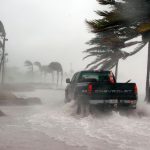
DRR and resilience to weather-related extremes (Session C4)
Climatic change is influencing the frequency and intensity of natural catastrophes and the present problems will be magnified in the near future. Natural hazards such as wind and rain storms, floods, droughts, heatwaves cause large human and economic losses. Acting ahead of an event and preparing for a potential loss through disaster risk reduction (DRR) strategies, resilience measures and planning is beneficial for both governments and communities.
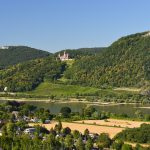
From national to local: Building Urban Resilience in Germany (Session D4)
The national and local governments have put efforts to build urban resilience in Germany. Various examples show the additional effort that needs to be put into Integrated Disaster Risk Management. The measures should address material and process innovations, prevention concepts, life cycle management, training and education to enhance resilience and sustainability.
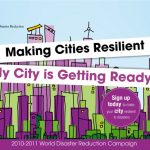
Consultation on the way forward of the Making Cities Resilient Campaign (Session C1)
The Making Cities Resilient (MCR) Campaign, launched in 2010, has been successful in raising awareness and political profile for disaster risk reduction (DRR) and resilience among cities. The Campaign was extended beyond 2015 to 2020, not only to continue the needed advocacy but also to provide support to cities and local governments in the implementation of the Sendai Framework for Disaster Risk Reduction, in coherence with other global frameworks including the 2030 Agenda, the Paris Agreement and the New Urban Agenda.
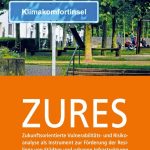
Methods to assess future vulnerability and risk to heat stress in medium-sized cities (Session E3)
ZURES focuses on innovative methods and tools to assess urban heat stress and heat stress vulnerability in medium-sized cities. Based on concrete examples from the city of Bonn, the city of Ludwigsburg and the city of Bottrop, future development pathways and options to enhance the resilience of cities in the context of urban growth and climate change are going to be discussed.
